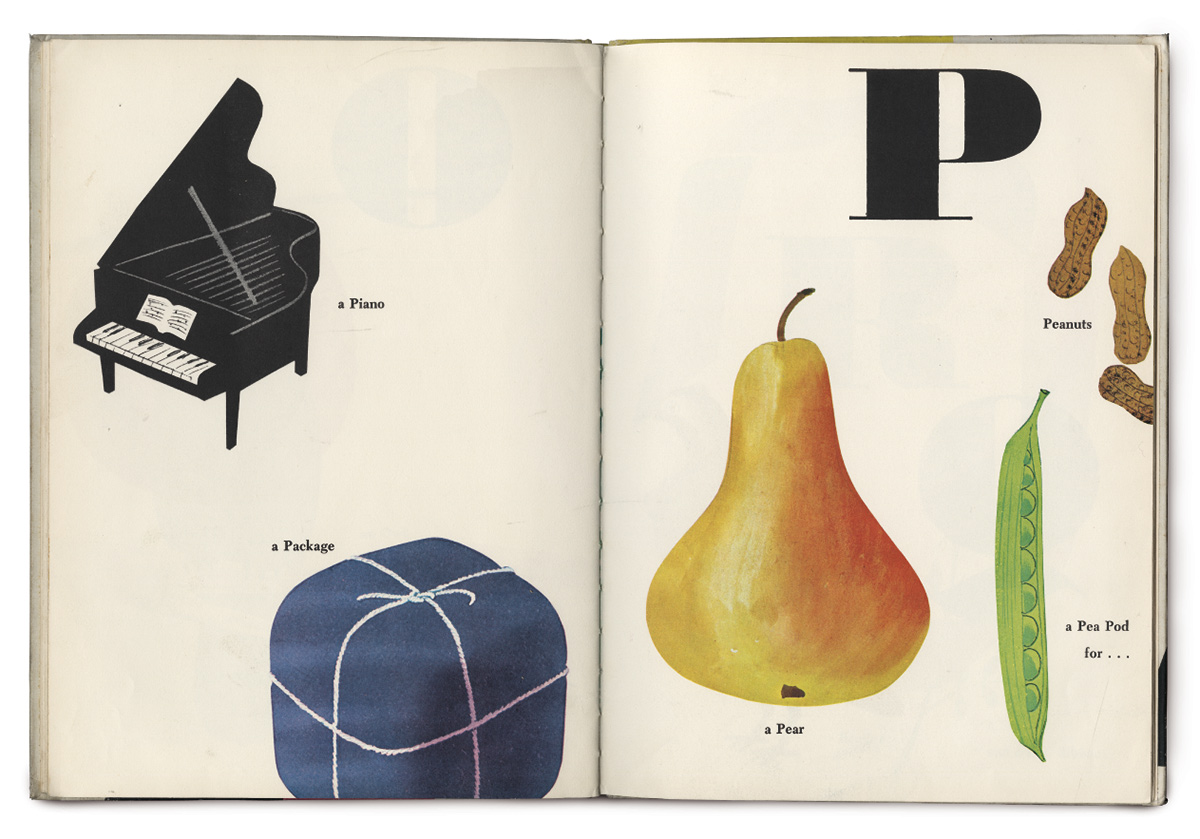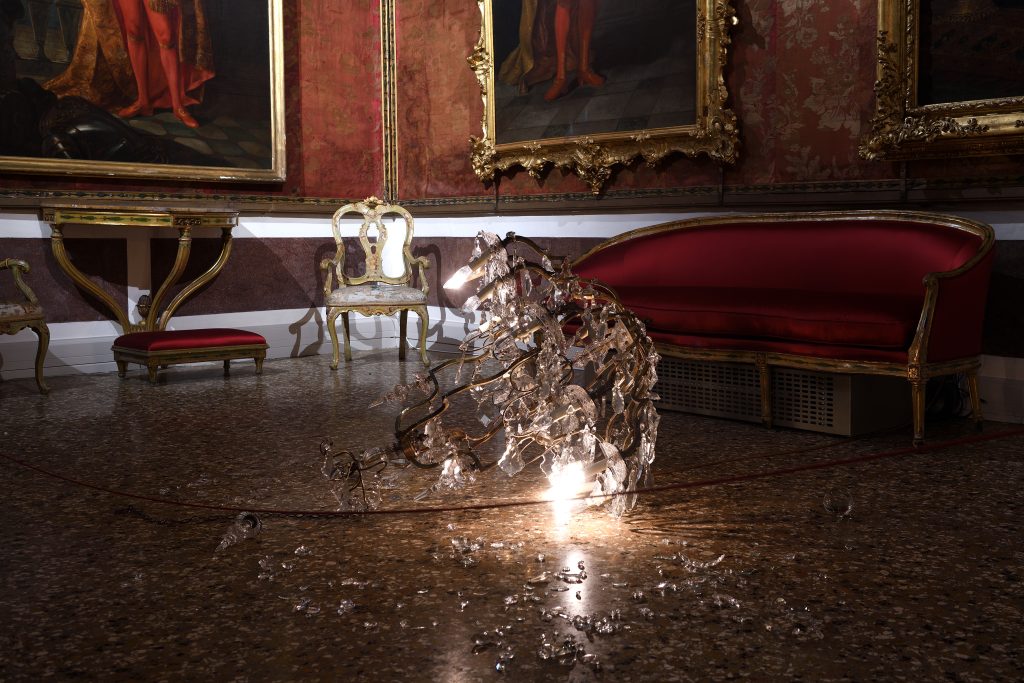Munari’s Books
A look at the Italian artist’s experimental book-objects for children and adults over the past 70 years

20th century Italian artist Bruno Munari (1907-1998) left his legacy in many different forms—from sculptures, paintings, design furniture and objects, films, photographs to even poetry—but it was his experiments in book-objects for children and adults that inspired and challenged at a very accessible level. Often stripping books of printed words, and playing with colors, materials and shapes, Munari allowed readers to do more than just “look,” but also engage, handle and freely interpret his book-objects as they wished. He expressed his desire for children to invent their own stories and develop their abilities to dream and imagine, rather than memorize someone else’s sentences by heart.

In “Munari’s Books,” the first English-language monograph that focuses on Munari’s book designs, art historian Giorgio Maffei explores more than 60 of his publications spanning from 1929 to 1997. Entries are accompanied by quotes taken from Munari’s own writing, letting the designer and teacher describe his own work—or more often, impart thought-provoking wisdom such as, “Keeping childhood alive for a whole lifetime means being curious to know things, wanting to communicate and understand.”

“Munari’s work encroaches on various fields of knowledge; he was an artist, a graphic designer, a researcher and a teacher. The difficult, but fascinating part was exploring the books through the various disciplines,” Maffei tells CH. “Everyone was aware of Munari’s creative qualities, but working on them really reveals their ‘modernity.’ Nowadays we are used to the ease in which the new generations of artists move from one technique to another, through different media. This wasn’t common 50 years ago, and it served as a fundamental lesson for new generations, although this is something that we tend to forget.” Indeed, Munari’s book objects surprise with their diversity. He worked with transparent pages and tissue paper, threads and cellophane, pieces of lunar rock, torn out holes and more—but even his more “traditional” books were exercises of the imagination, like his book “Munari’s Forks”: illustrations of “variations on forks.”

“I don’t think that art can ever stop,” Maffei muses on the future of book design. “It evolves in large or small steps, but it carries out its mission to interpret, and sometimes herald, its own age. Artists’ books are the images that make this evolution evident, so that the process continues. The means, techniques, production systems, tastes and distribution all change but the book is not dying, not in the least. It lives on today thanks to new technologies, a new Renaissance. Young artists today can skip some steps that were essential in the past: they don’t need a publisher, they can self-produce with a printer. But this doesn’t change the substance of the object-book. All lessons that come from Munari.”
From the abstract Illegible Books series to the practical 1963 “Supplement to the Italian Dictionary” (a multi-lingual guide to Italian facial expressions and body gestures), this tour through Munari’s archive shows how books can communicate far beyond just printed words. “Munari’s Books” from Princeton Architectural Press releases on 23 June; pre-order the paperback book from Amazon.
Lead image by Cool Hunting, followed by images courtesy of Mantua: Graziano Peruffo, 1960; Turin: Angelo Candiano 1956; Mantua: Maurizio Corraini Editore, 1994; Milan: Muggiani editore, 1963












